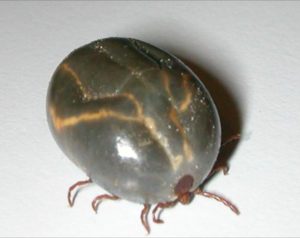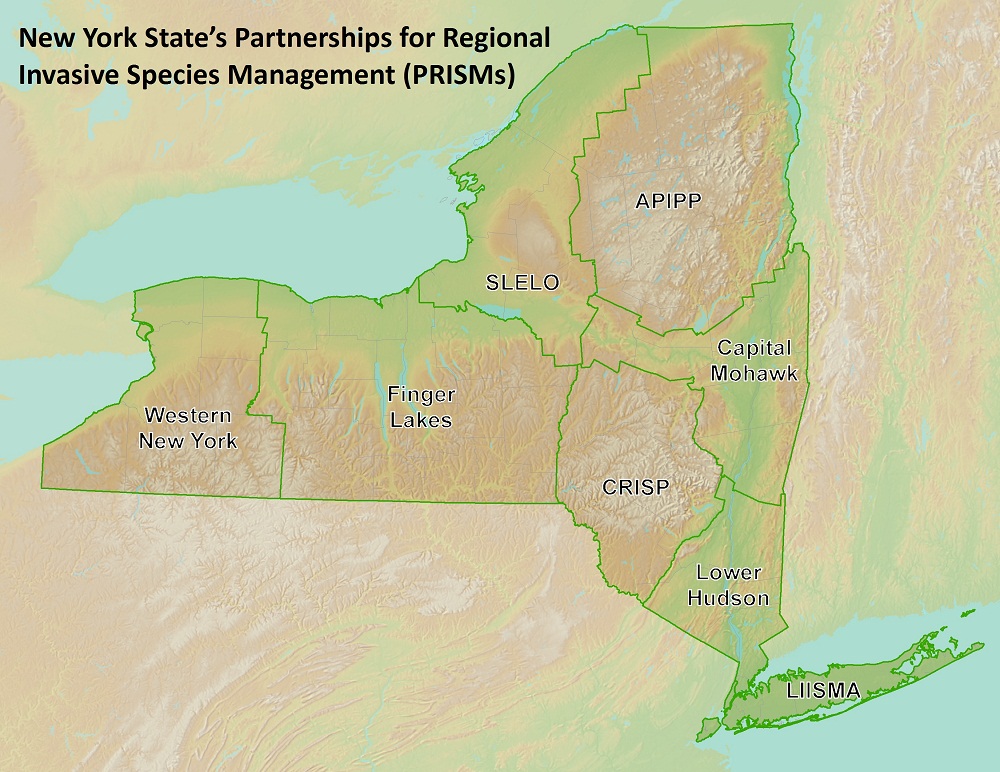New Invasive Tick Found in New York
Fall is a great time for outdoor activities including hiking through the fall splendor, pumpkin picking and various festivals. Unfortunately, ticks are still very active throughout the fall, even after the first frost. According to Tickencounter.org:
Most people think that bloodsuckers like mosquitoes and ticks disappear along with the risk for disease transmission once there is a frost and the weather turns cooler. That’s true for mosquitoes; they either die, or some species go into a feeding diapause. Some ticks also go into a feeding diapause in the autumn, but not deer ticks (Ixodes scapularis) – they are a different type of bug! The adult stage deer tick actually begins its feeding activity about the time of first frost (or early October throughout its range), and it will latch onto any larger host (cat to human) any day that the temperature is near or above freezing.
Typically, the Lyme disease spirochete infection rate in adult female deer ticks is 40-60% in the eastern and mid-western portion of this tick’s range. However, these ticks need to be attached for at least 48 hrs before they begin transmitting any infection through their saliva. So, even in the fall it is important to check yourself and your pets daily for any attached ticks, and continue to take precautions like using clothing repellents on you and topical products on your pets.
Unfortunately, we have a new invader to worry about: the Asian Longhorned Tick (haemaphisalis longicornis). The tick was discovered in Westchester County and confirmed in July.New York State Department of Health research scientists collaborated with researchers at Fordham University and at the Lyme Disease Diagnostic Center of New York Medical College to identify these ticks. The identifications were confirmed by the Rutgers University Center for Vector Biology and the United States Department of Agriculture (USDA).
While the longhorned tick has transmitted disease to humans in other parts of the world, more research is needed to determine whether this can happen in the United States. Regardless, New Yorkers should continue to take steps to protect themselves, their children and their pets against ticks and tickborne diseases that are present in New York State.
State Health Commissioner Dr. Howard Zucker said, “Taking steps to protect yourself, your children and pets against ticks is the best way to prevent tick bites and tickborne diseases. We will continue to conduct surveillance and research on this new type of tick, but it is encouraging that the same steps that protect against deer ticks are also effective against the longhorned tick.”
More details about this tick can be found at Northeast Regional Center for Excellence in Vector-Borne Diseases site. General information on ticks, how to protect yourself from them and what to do if you find one can be found at Tickencounter.org.





